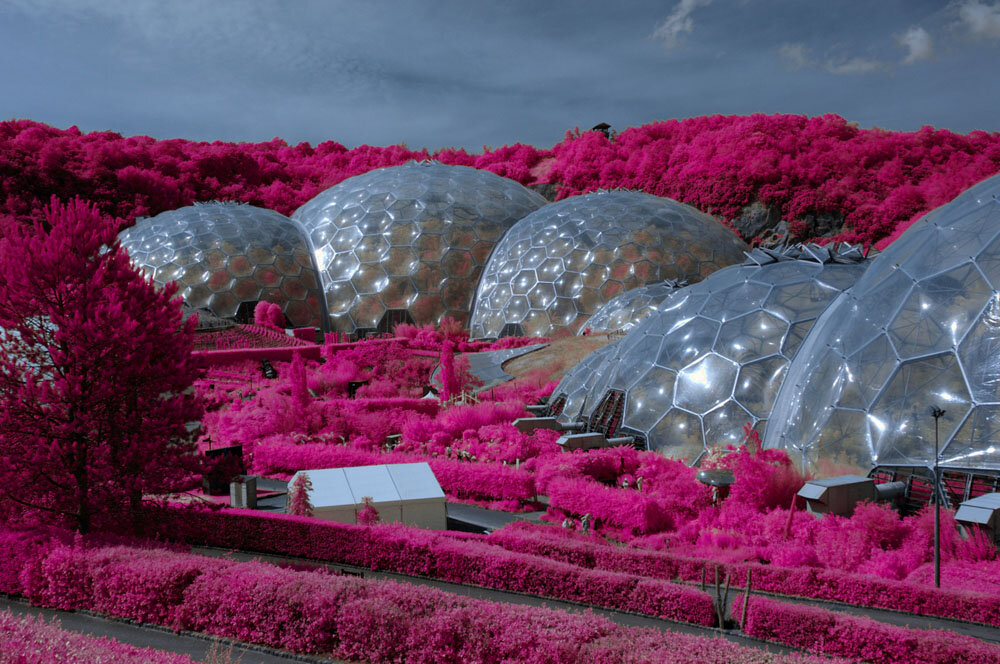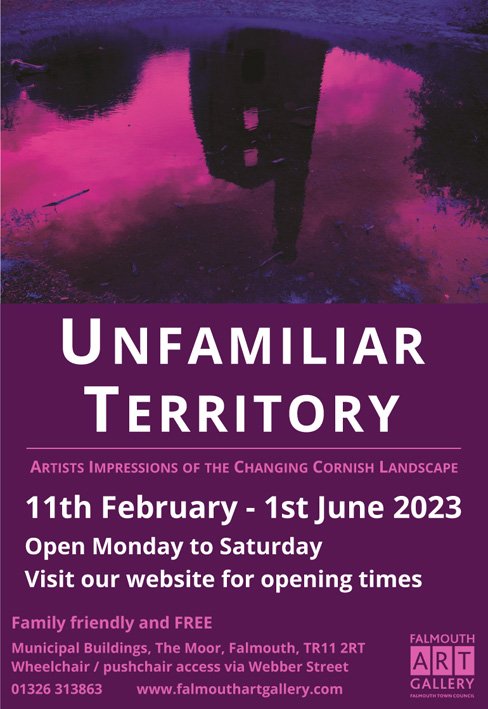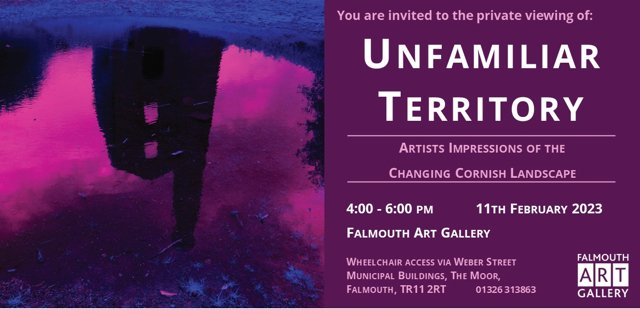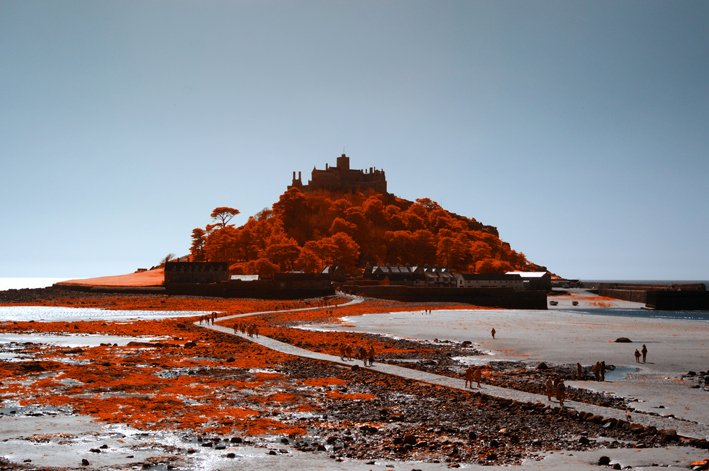
Journey to infrared
I’ve been mesmerised by infrared photography ever since seeing an exhibition of Richard Mosse’s photos and films of the Congo. Surreal and beautiful, they created an alternative bubblegum-coloured vision of a country engulfed by civil war and corruption. I’ve looked at a lot of infrared photography since (including Kate Ballis’ wonderful pictures of Palm Springs, also influenced by Mosse) and noticed the most effective infrared photos combine the natural with the man made. Unlike regular photography, infrared benefits from being shot on extremely sunny days.
Though Mosse used film for his infrared work, it’s a lot easier using digital photography – well, for a start, infrared doesn’t have to be red! There are two main ways to create infrared photos; with a filter or converting a regular DSLR. Both ways create different effects. Filters are usually very dark and need a tripod and a long exposure – hence the blurred palm leaves of the photo below of the garden at Heartlands in Pool. All other photos on this page were taken using a converted DSLR. Both methods require some post-production work in Photoshop or similar.
Although I generally embrace digital technology, I’m anti the instant results culture of smartphones and Instagram. I like a process. Similar to the old-fashioned darkroom, where the magic only reveals itself in the chemical mix, it’s impossible to know how an infrared photo will turn out until it’s converted in Photoshop: in camera it’s dark and brown.
What I love about infrared photography is its ability to show the unseen world: human eyes cannot see infrared light as it lies outside the visible spectrum. And the world infrared reveals is beautiful, alien and surreal.
Heartlands, Pool.
The Eden Project.
St. Stephen, near St. Austell.
Botallack.

Welcome to St. Decay
Inspired by the history of Cornwall and its landscape and armed with an infrared camera, I produced the book Welcome to St. Decay. It features Cornwall’s abundant, abandoned mining architecture contrasted with nature’s gradual but inevitable reclamation. Like a surreal film set, the photos show the familiar in a different and alien light, far removed from the traditional picture postcard image of Cornwall. Taken over a six-month period walking and cycling through Cornwall’s mining heritage, the photos present a county both proud and indifferent to its past, present and future.
• Photos from the book were shown in the group exhibition Unfamiliar Territory at Falmouth Art Gallery, from 11 February to 1 June 2023.
• Featured in June 2022’s MyCornwall magazine.
• Infrabandoned, an exhibition of photos from the book were for sale in the Red River cafe in Heartlands, Pool, throughout 2022.
• Featured in July 2020’s Cornwall Today magazine.
• Bought by Kresen Kernow, the centre for Cornwall’s culture and history, for their permanent library.
Lone chimney.
Gwinear.
Wheal Coates Engine House.
The Eden Project.
Botallack.
Cooks Kitchen Copper and Tin Mine, Pool.





















